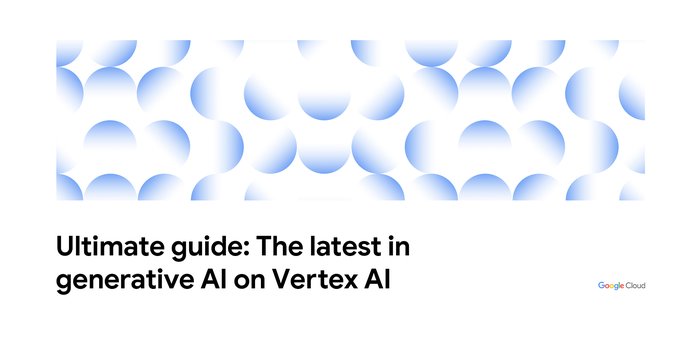While doves were crying: this week on Google Cloud Platform
Alex Barrett
GCP Blog Editor, Google Cloud Platform Blog
Today's post is the first in our new weekly roundup series — your Friday recap of product news, cool stories and videos and other highlights from the week. This week's announcements set GCP apart in the cloud blogosphere.
Take Google App Engine. First released in 2007, it’s taken a while for the world to fully grok its value — even internally. In “Why Google App Engine rocks: A Google engineer’s take” Google Cloud director of technical support Luke Stone gives a full recounting of his team’s experience with App Engine and other managed services like Google BigQuery. He describes how his team was blown away by their productivity gains, and urges all developers to try out the platform-as-a-service route.
Digital gaming store Humble Bundle corroborates this sentiment. In the weekly GCP Podcast, Humble Bundle engineering manager Andy Oxfeld describes how the video game retailer relies on App Engine to scale its website up and down to meet fluctuating demand for its limited-time games. He also describes how the team uses Task Queues, dedicated memcache for faster load times, Google Cloud Storage and BigQuery, to name a few. Check it out.
Storage was another hot topic this week. One of the week’s most talked about posts comes from database luminary Mosha Pasumansky and technical lead for Dremel/BigQuery, in which he discusses Capacitor, BigQuery’s columnar storage format. Long story short, Capacitor advances the state of the art of columnar data encoding, and when combined with Google Cloud Platform’s Colossus distributed file system, provides super-fast and secure queries with little to no effort on the part of BigQuery users. Woohoo!
But sometimes you need to do something a little less flashy — like resize a persistent disk. If you’ve been wondering how to do that on Google Compute Engine, wonder no more — GCP developer advocate Mete Atamel has put together a one-minute video tutorial on YouTube that walks you through the basic steps. Best of all, you don’t even need to reboot the associated VM!
Finally, Google was at OpenStack Summit in Austin this week, where Google partner CoreOS demonstrated ‘Stackanetes’ — running OpenStack as a managed Kubernetes service. You can also hear Google product manager Craig McLuckie discuss the benefits to this approach on The Cube with Wikibon analysts Stu Miniman and Brian Gracely. McLuckie also shares his thoughts on working with the open source community, and Google’s evolution from an Internet to a Cloud company.



